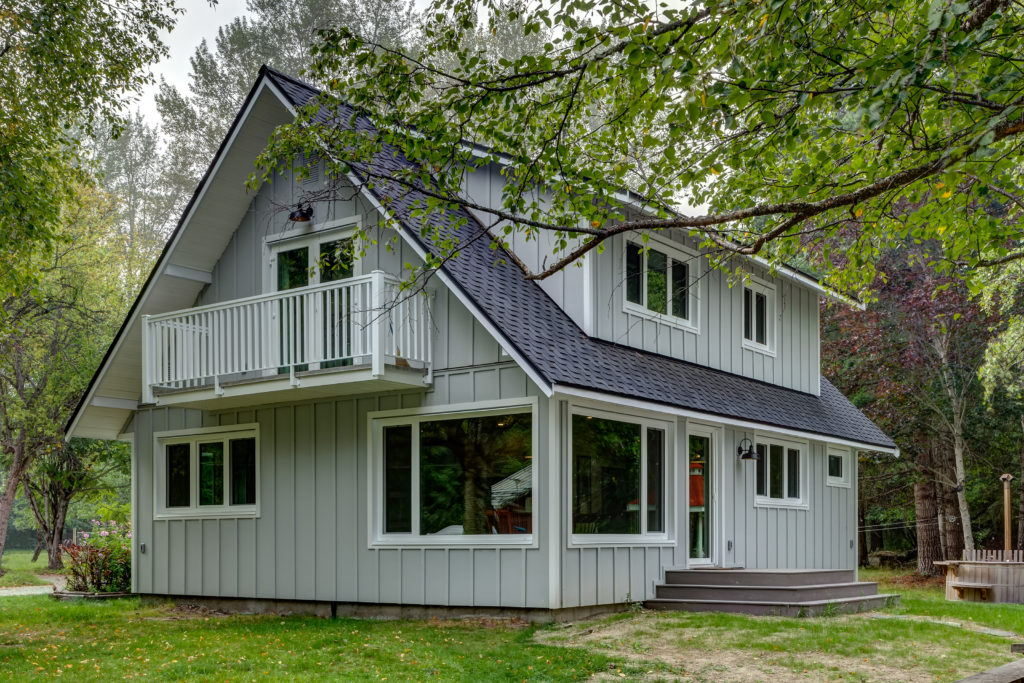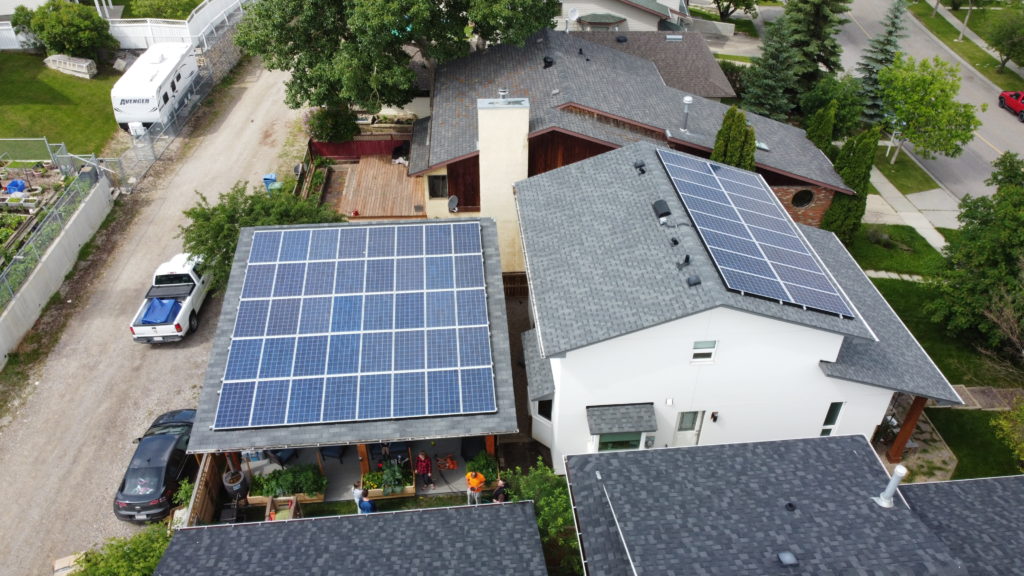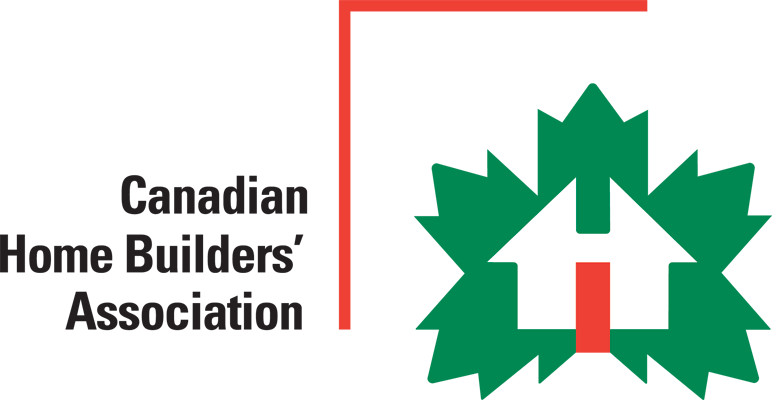What is an energy efficiency renovation?
An energy efficiency renovation improves the energy performance of your existing home.
Undertaking an energy efficiency renovation on your home is an investment that delivers a multitude of benefits that you will enjoy immediately, and it can also increase the value of your home when/if you decide to sell. But renovating your home for energy efficiency may be quite different from your neighbours’ experiences. Age, location, years of changes to building codes, and advancements in building science and technology have resulted in varying levels of energy efficiency in Canada’s existing housing stock. In this post, we explain the benefits of renovating your home for energy efficiency, and the various paths that you can take as a homeowner to improve your home’s energy performance.

“Gate Lakes Deep Energy Retrofit” – Net Zero Home Renovation by Qualified Net Zero Renovator and RenoMark member RDC Fine Homes Inc. of Whistler, BC
Will an energy efficiency renovation reduce my energy bills?
Yes! Investments in home energy efficiency will pay off with lower energy bills. That’s because an energy efficiency renovation will improve the performance of your home. If you upgrade the airtightness, insulation, windows, and doors, for example, it’s easier for your home to maintain a consistent temperature, which means your heating and cooling systems don’t need to run as often. And if you upgrade your heating and cooling systems to more energy efficient models, when they do run, they don’t use as much energy. Swapping out the lighting and appliances to more energy efficient models will also decrease energy consumption.
You can also decrease your overall energy consumption as an occupant, such as shutting off lights when a room is not in use, and reducing standby power consumption. Even in “standby” or “sleep” mode, many electronic devices draw power 24 hours a day to access networks and run clocks, timers and remotes. This low-level “phantom” energy usage can account for five to ten percent of your electricity bill. Making small changes can add up.

Net Zero Renovation by Qualified Net Zero Renovator and RenoMark member Solar Homes Inc. of Calgary, AB
How to get started
To help with the initial expenses, there are government incentives in place, like the newly announced Greener Homes Grant from the Government of Canada, which can be stacked on top of your local municipal incentives. Overall, it’s your choice as a homeowner to decide which route you want to go to improve your home’s energy performance.
With more government incentives becoming available, you may be starting to think about doing some energy improvements to your home. If you’re really looking to see a difference in your home comfort, you may want to consider what more you can do while undergoing any renovations. For example, before you replace your siding, it may be logical to upgrade your home’s insulation at the same time. Or perhaps your furnace and air conditioner are reaching “end of life” – you could replace it with an energy efficient model, or even an air source heat pump that provides both heating and cooling. There are many paths to renovating your home for improved energy efficiency, comfort, and indoor air quality. Many Canadians take the opportunity to update their home for function and aesthetics at the same time. A knowledgeable professional can help guide you.
And if you’re looking to maximize your home’s potential, then a Net Zero renovation could be for you. Net Zero Homes produce as much energy as they consume each year. They’re quieter, more comfortable due to even temperatures throughout, and they have great indoor air quality. Renovators qualified under CHBA’s Net Zero Home Labelling Program will determine if your home is a good candidate for a Net Zero renovation.
Finding a qualified renovator
Your home is likely your biggest asset, and it’s important to hire professionals who are experienced in home energy renovations. Referrals from trusted sources, involvement in associations/organizations that promote continued professional development, and a strong portfolio are great ways to start narrowing down the field. Make sure you do your research and get your renovation contract in writing.
CHBA has a list of builders and renovators who have taken training on high performance homes, they know what it takes to get your home to Net Zero, and can give you options for getting there either all at once or with smaller renovations over time.
Steps to an energy retrofit
Once you’ve chosen your renovator, they will contract a qualified third-party Energy Advisor (EA) to perform an energy audit of your home to identify where your home’s energy performance can be improved. EAs start by inspecting common energy saving components in your home, including your home’s airtightness, insulation, windows, heating/cooling and ventilation systems, appliances, lighting and more. After noting areas of improvement, the EA will work with your renovator to develop a plan for optimizing the energy performance of your home, in conjunction with any other renovations you may be planning.
Once your energy efficiency renovation is complete, a licensed Service Organization, professional third-party experts in home energy savings, will give the official stamp of approval and provide the final EnerGuide label. Overall, there are several experts who will ensure your investment into energy efficiency will minimize your household’s environmental footprint and you can feel good knowing that you’re doing your part to reduce greenhouse gas emissions (GHGs) and preserve the earth’s natural resources for future generations.
If you’re ready to renovate your home to Net Zero – the ultimate in home energy efficiency, find a Qualified Net Zero Renovator in your area by visiting netzerorenos.ca.
To find rebate or incentive programs for renovating your home for energy efficiency, visit NRCan’s Energy Efficiency for Homes Rebate and Incentive Directory.
For some quick tips to improve your home’s energy efficiency, check out this blog post from renomark.ca.
